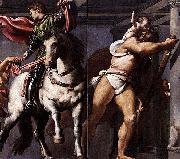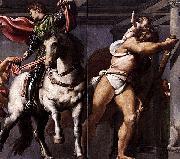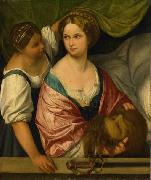|
||||||||||
|
|
||||||||||
|
St Martin and St Christopher Pintura Identificación:: 84669 Vea nuestra galería en Suecia |
St Martin and St Christopher Date between 1528(1528) and 1529(1529) Medium Oil on panel Dimensions Height: 250 cm (98.4 in). Width: 140 cm (55.1 in). cjr Date_between_1528(1528)_and_1529(1529) _ Medium_Oil_on_panel _ Dimensions_Height:_250_cm_(98.4_in)._Width:_140_cm_(55.1_in). _ cjr |
|||||||||
|
|
||||||||||
|
St Martin and St Christopher Pintura Identificación:: 88553 Vea nuestra galería en Suecia |
St Martin and St Christopher between 1528(1528) and 1529(1529) Medium Oil on panel cyf between_1528(1528)_and_1529(1529) _ Medium_Oil_on_panel _ cyf |
|||||||||
|
|
||||||||||
|
Judith with the head of Holofernes. Pintura Identificación:: 97195 Vea nuestra galería en Suecia |
Judith with the head of Holofernes. 1500-1539 Medium oil on canvas Dimensions 103.5 X 86.5 cm cyf 1500-1539_ Medium_oil_on_canvas_ Dimensions_103.5_X_86.5_cm_ cyf |
|||||||||
|
|
||||||||||
|
1 | Artista Previo Próximo Artista | |||||||||
|
|
||||||||||
| Il Pordenone | ||||||||||
| (c. 1484 - 1539), was an Italian painter of the Venetian school, active during the Renaissance. Vasari, his main biographer, identifies him as Giovanni Antonio Licinio. He was commonly named il Pordenone from having been born in 1483 at Corticelli, a small village near Pordenone in Friuli. He ultimately dropped the name of Licinio, having quarrelled with his brothers, one of whom had wounded him in the hand; he then called himself Regillo, or De Regillo. Others say he once took up his maternal name of Cuticelli[1] His signature runs Antonius Portunaensis, or De Portunaonis. He was knighted as a cavaliere by Charles V. As a painter, Pordenone was a scholar of Pellegrino da San Daniele, but a leading influence of his style was Giorgione; the popular story that he was a fellow-pupil with Titian under Giovanni Bellini is false. It was claimed that Pordenone's first commission was given him by a grocer in his home town, to try his boast that he could paint a picture as the priest commenced High Mass, and complete it by the time Mass was over; he completed the picture in the required time.[2] The district about Pordenone had been somewhat fertile in capable painters; but Pordenone is the best known, a vigorous chiaroscurist and flesh painter. The 1911 Britannica states that "so far as mere flesh-painting is concerned he was barely inferior to Titian in breadth, pulpiness and tone". The two were rivals for a time, and Licinio would sometimes affect to wear arms while he was painting. He excelled in portraits; he was equally at home in fresco and in oil-color. He executed many works in Pordenone and elsewhere in Friuli, Cremona, and Venice; at one time he settled in Piacenza, where one of his most celebrated church pictures, St. Catherine disputing with the Doctors in Alexandria is located; the figure of St. Paul in connection with this picture is his own portrait. | ||||||||||
|
|
||||||||||
IntoFineArt Co,.Ltd.












